Gallery 201: Stanley and Selma Hollander Gallery
Gallery 203: Two South Gallery
About the Exhibition
How do rivers speak?
The Mekong River is revered as the “Mother River” across Mainland Southeast Asia. As our planet’s most productive freshwater fishery and the second most biodiverse river in the world, the Mekong has nourished astonishing ecological abundance and beauty; vast sociocultural, agricultural, and ecological diversity; and unique, renowned culinary traditions for thousands of years. While parts of the Mekong are imagined and policed as a border between nation-states, it is nevertheless a vast and complex ecosystem that has entangled and connected both humans and nonhumans over thousands of miles. Today, more than 65 million people who are members of over 70 different ethno-linguistic communities in southern China, Myanmar, Laos, Thailand, Cambodia, and Vietnam depend on the Mekong for their livelihoods and futures. Hundreds of millions more across the region depend on the Mekong River, its numerous tributaries, and its rich delta for their drinking water, vegetables, and rice. Indeed, through global food exports, the Mother River now nourishes communities throughout the world, including here in Michigan. Yet, like so many rivers, lakes, and watersheds here and worldwide, the vitality of the Mekong River and its chorus of myriad voices, both human and nonhuman, are critically imperiled by damming, development schemes, and climate change.
This exhibition was born out of the Mekong Culture WELL project, an internationally collaborative and multilingual initiative at Michigan State University that foregrounds cultural and interdisciplinary dimensions of Water, Ecologies, Land, and Livelihoods (WELL) transformations across Mainland Southeast Asia. Inspired by Professor Kanokwan Manorom’s 2023 Thai-language essay Siang Maenamkhong (Mekong Voices), this exhibition asks how the Mekong speaks. How can we listen? And what futures are lost when the voices of our rivers are silenced?
Mekong Voices celebrates the necessary and innovative work of traditional craft and art in translating the river’s voices, both human and more-than-human, across national and linguistic boundaries. The work of Southeast Asian artists from throughout the region and the global diaspora echoes themes of environmentalism, Indigeneity, identity, community, knowledge, and culture. In learning to listen to the world’s rivers both near and far, we will also learn how to better care for them, ourselves, and future generations.
Mekong Voices: Transnational River Justice in Mainland Southeast Asia is organized by the Eli and Edythe Broad Art Museum at Michigan State University and co-curated by Marina Pok, chairwoman, Anicca Foundation; Kelsey Merreck Wagner, Ph.D. graduate, MSU Department of Anthropology; Dalina A. Perdomo Álvarez, assistant curator; Dr. Amanda Flaim, associate professor, MSU James Madison College and Department of Sociology; and Steven L. Bridges, senior curator and director of curatorial affairs; with support from Mekong Culture WELL Project Postdoctoral Fellows Wisa Wisesjindawat-Fink and Sopheak Chann, and from student research assistants Savitri Ashalata Anantharaman, Leo Baldiga, Katherine Chamberlin, Madison Kennedy-Kequom, Maddie Morrison, Thanh Tran, and Apichaya Thaneerat. Support for this exhibition is provided by the Eli and Edythe Broad Endowed Exhibitions Fund. The Mekong Culture WELL Project (2020–25) is generously funded by a Henry Luce Foundation LuceSEA grant.
Artists: Ruangsak Anuwatwimon, Baan Had Bai Tai Lue Weavers Group, Pao Houa Her, Nim Kong, Wa Lone, Yim Maline, Kalyanee Mam, Dylan AT Miner, Vasan Sitthiket, Lim Sokchanlina, Thang Sothea, Sao Sreymao, Ubatsat, and Kawita Vatanajyankur.
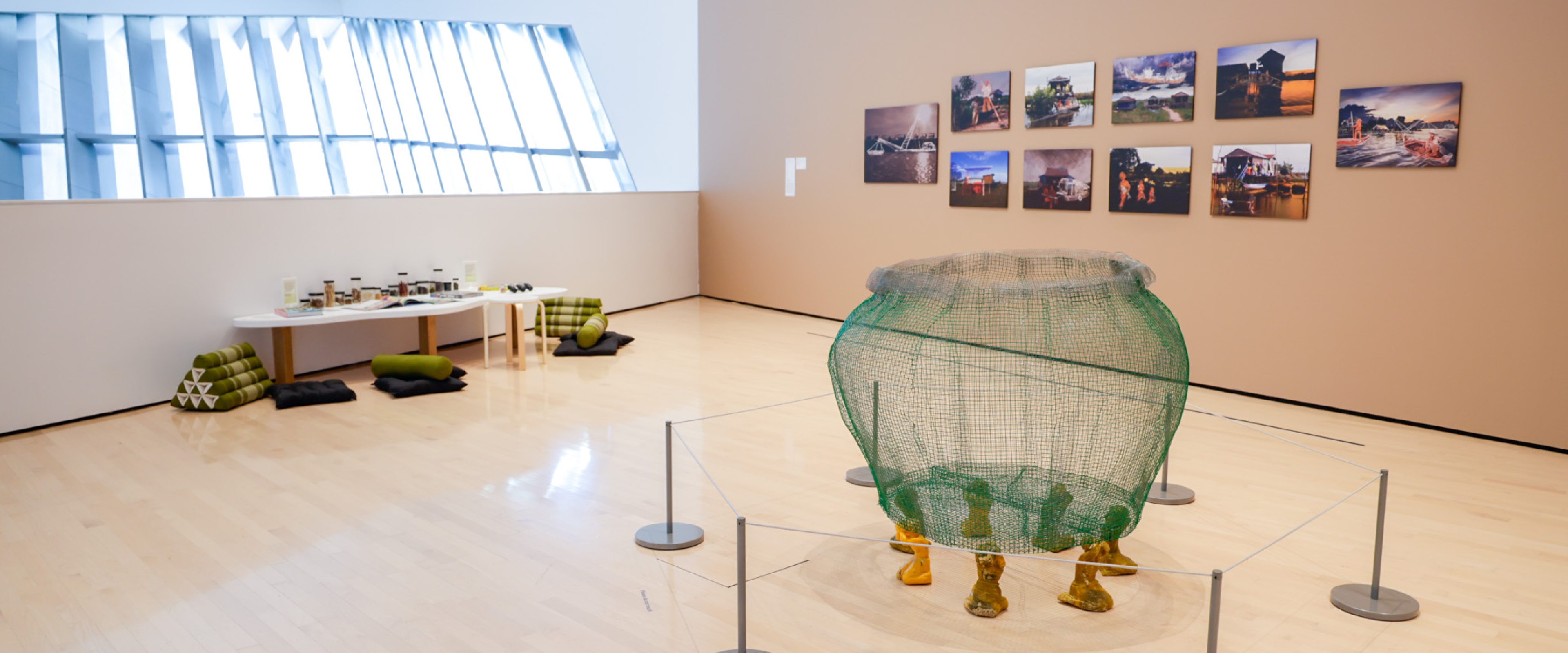
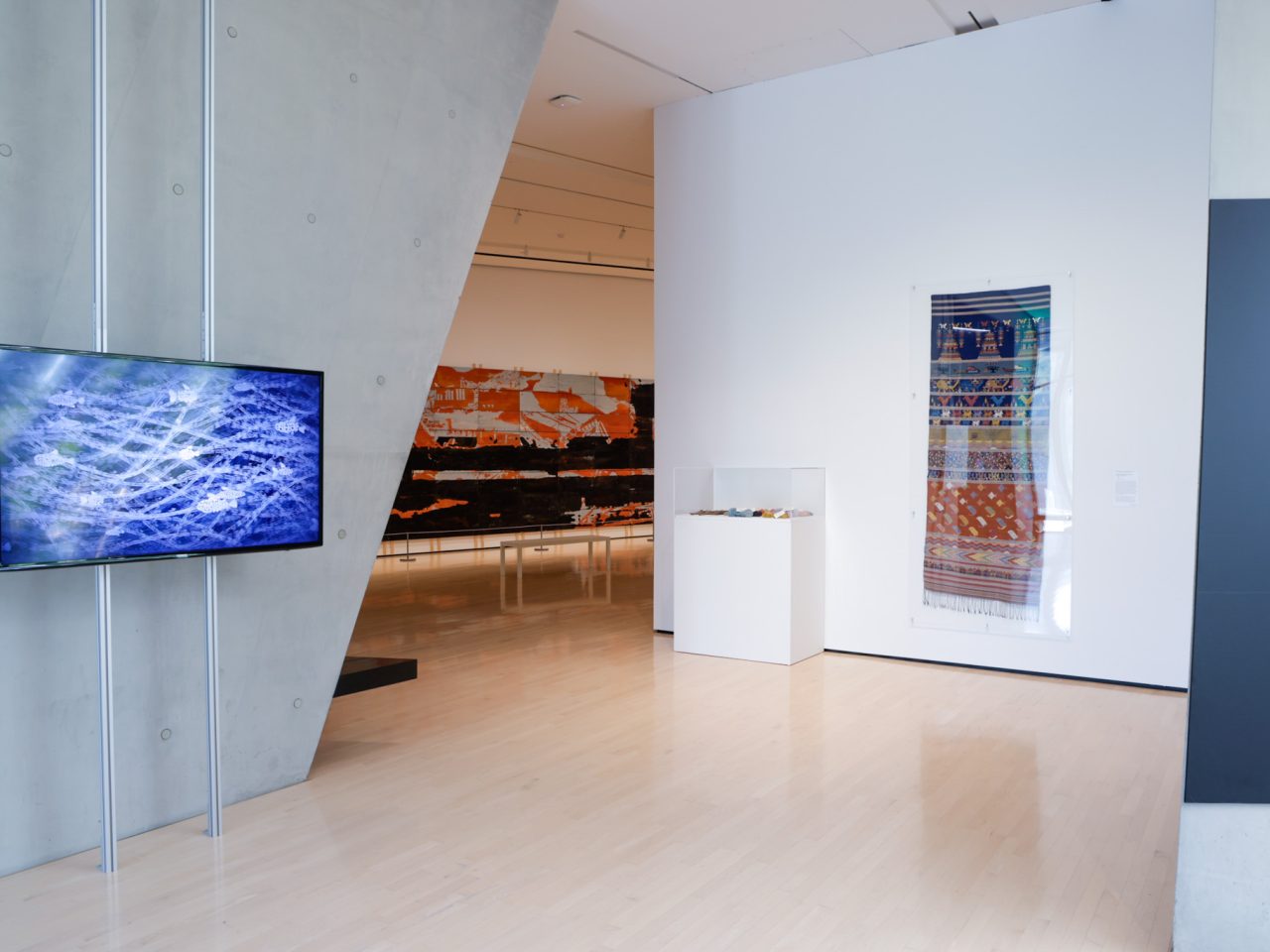
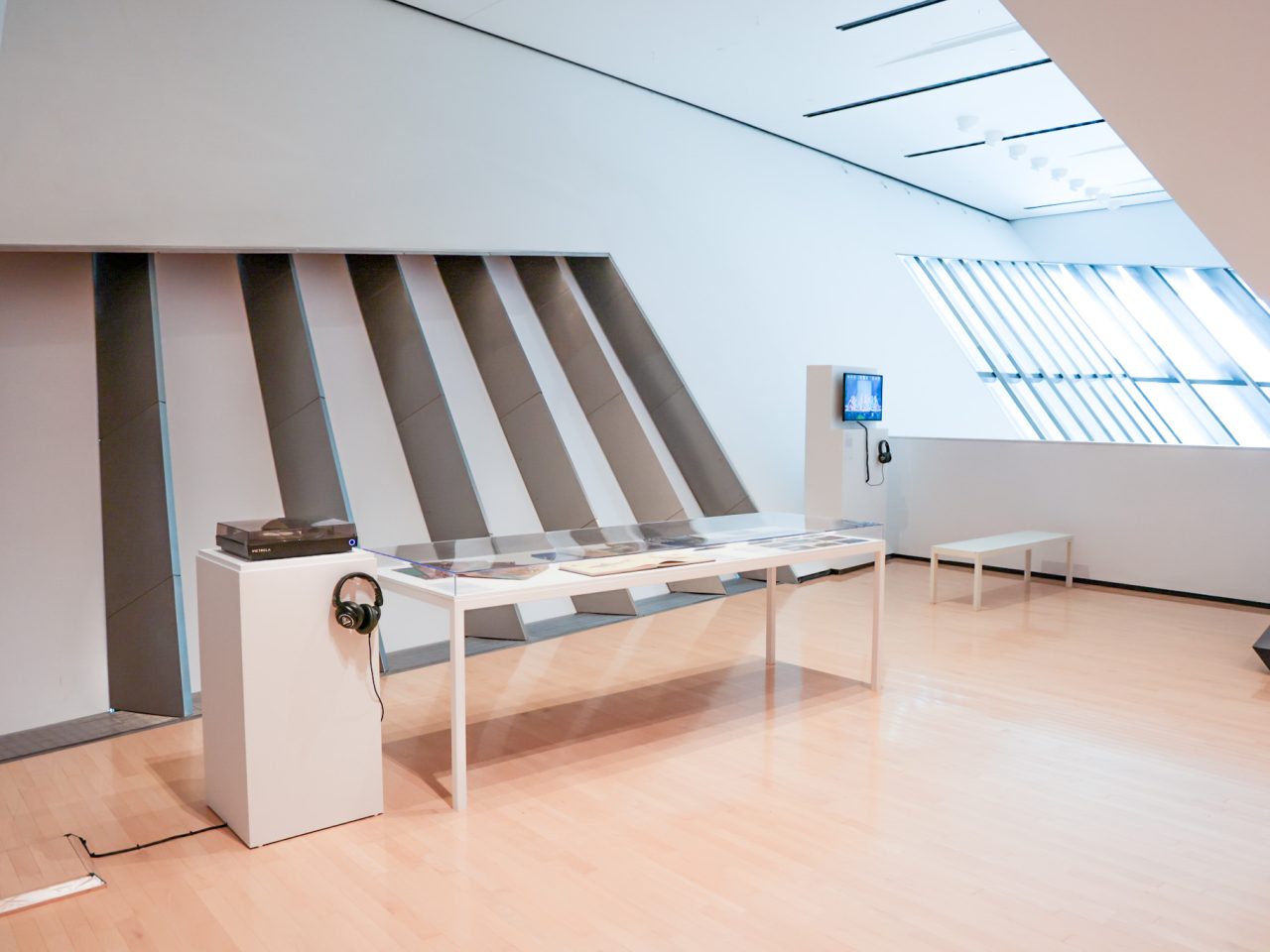
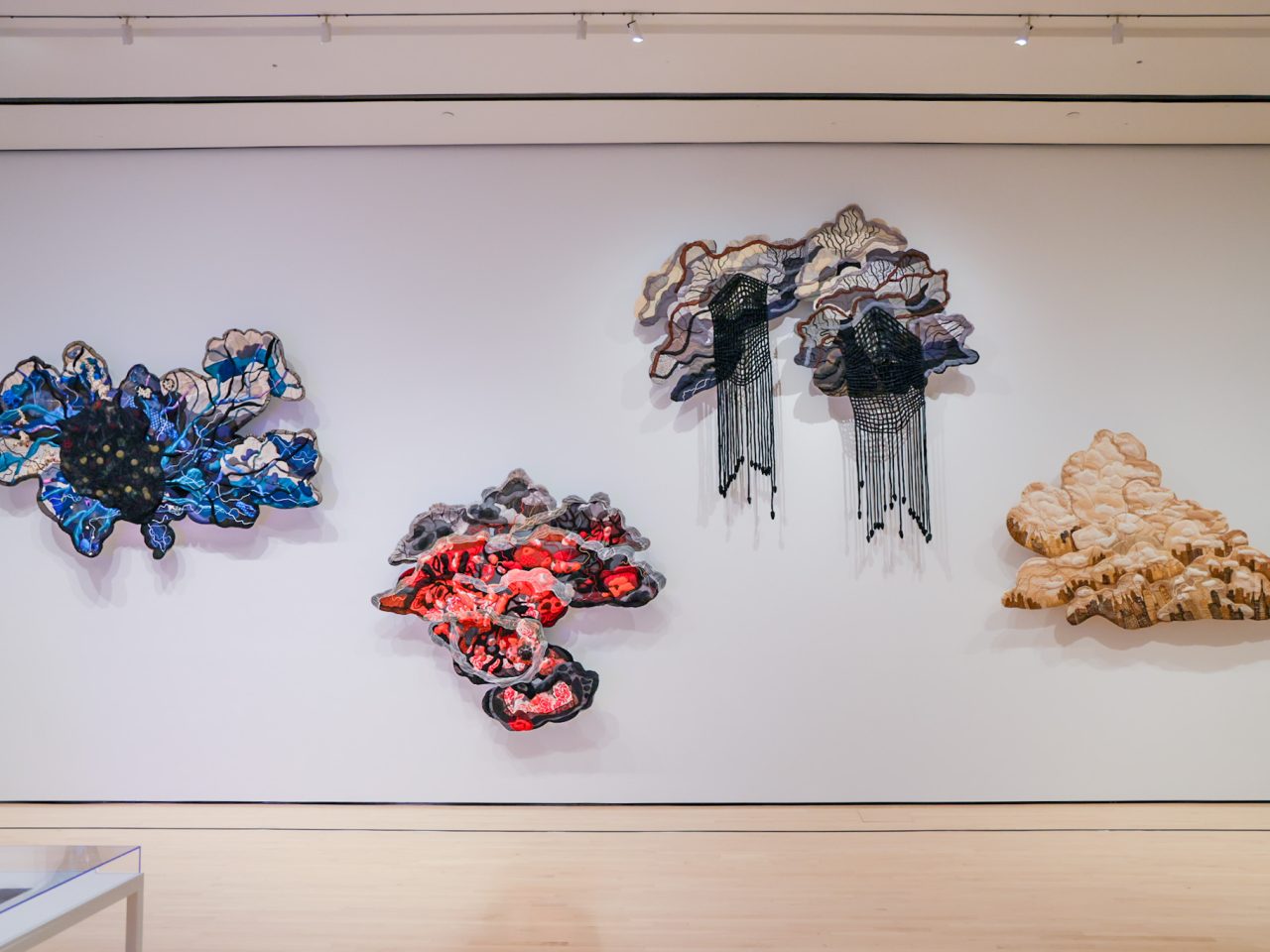
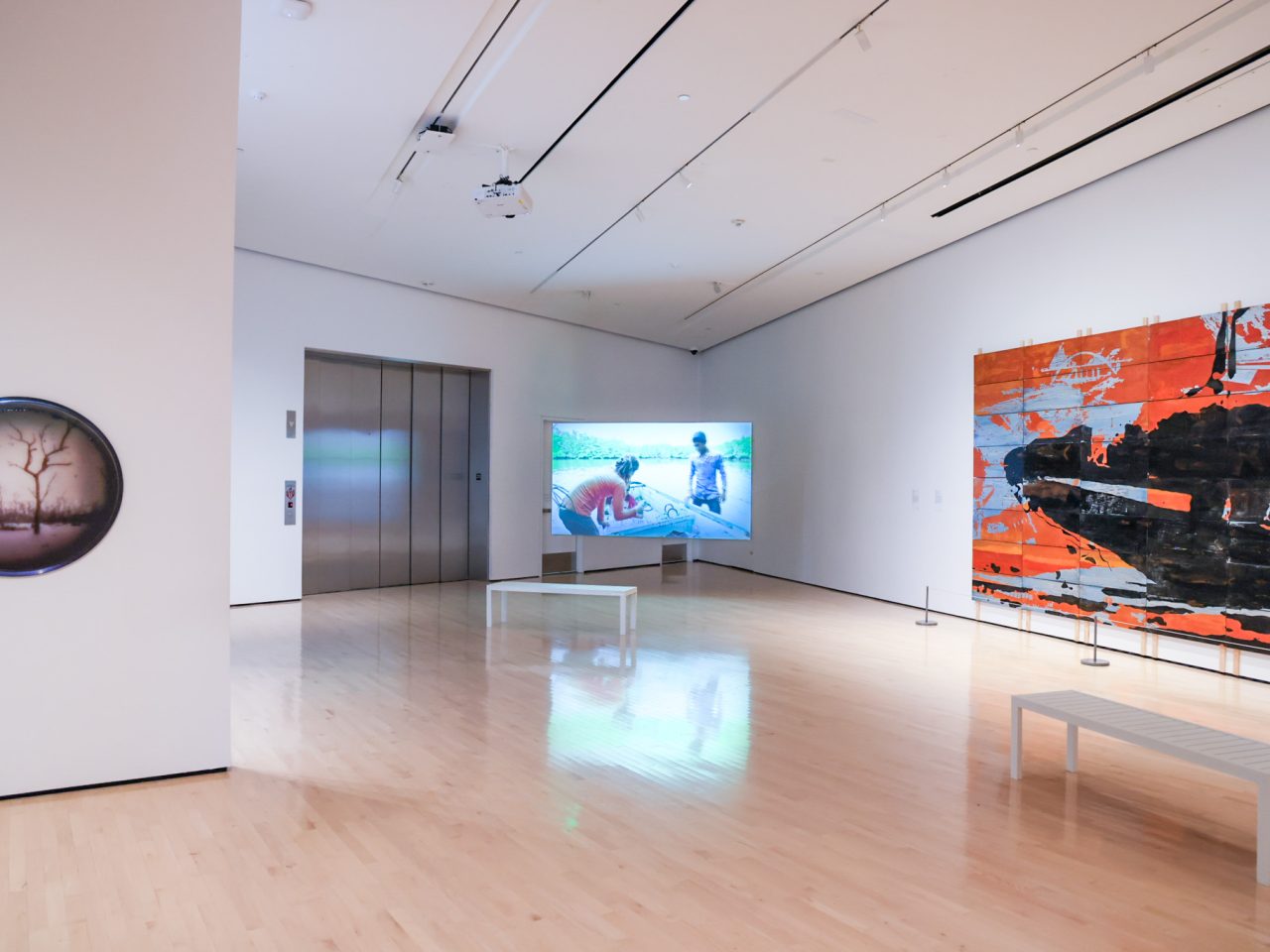
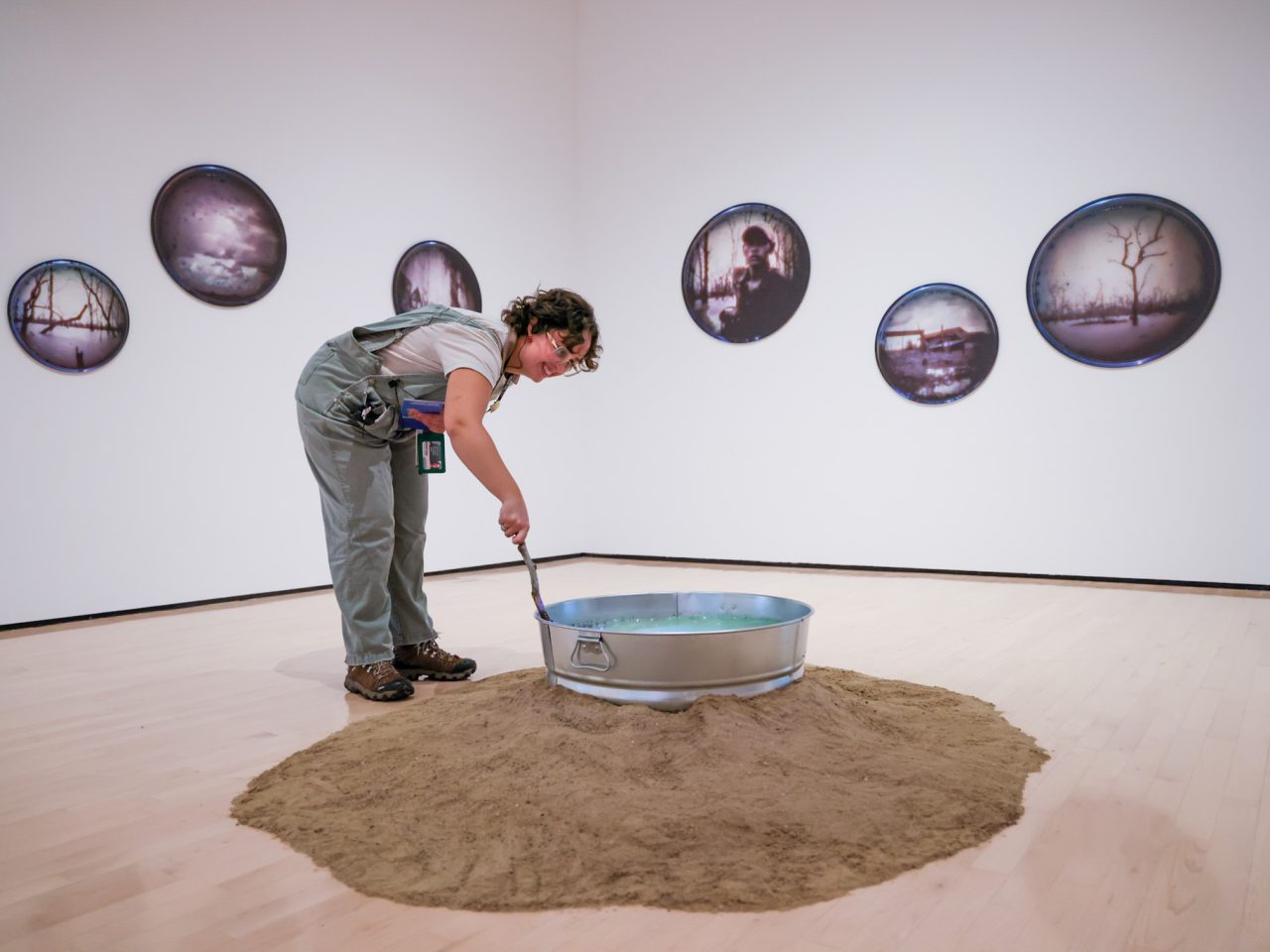
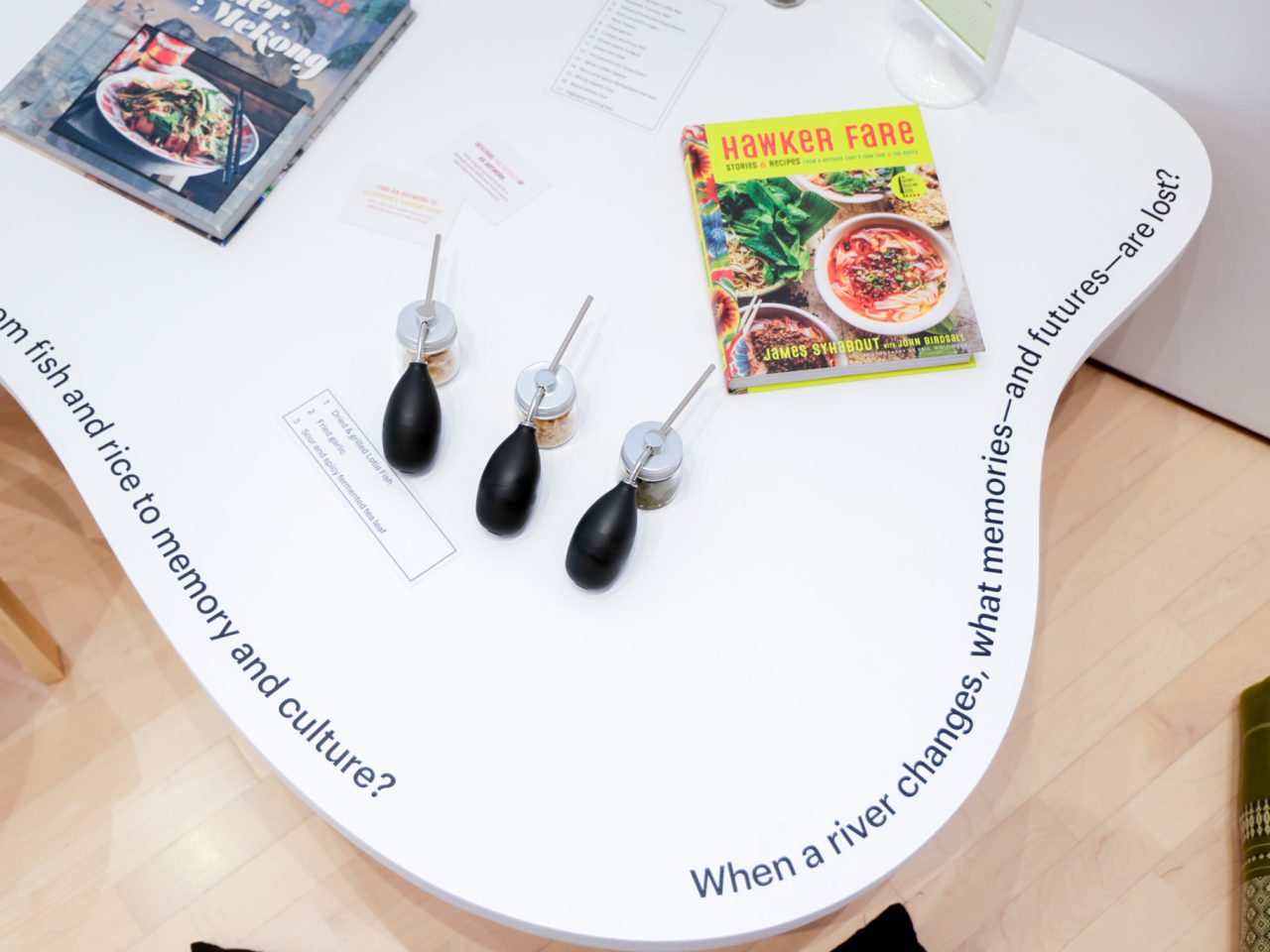

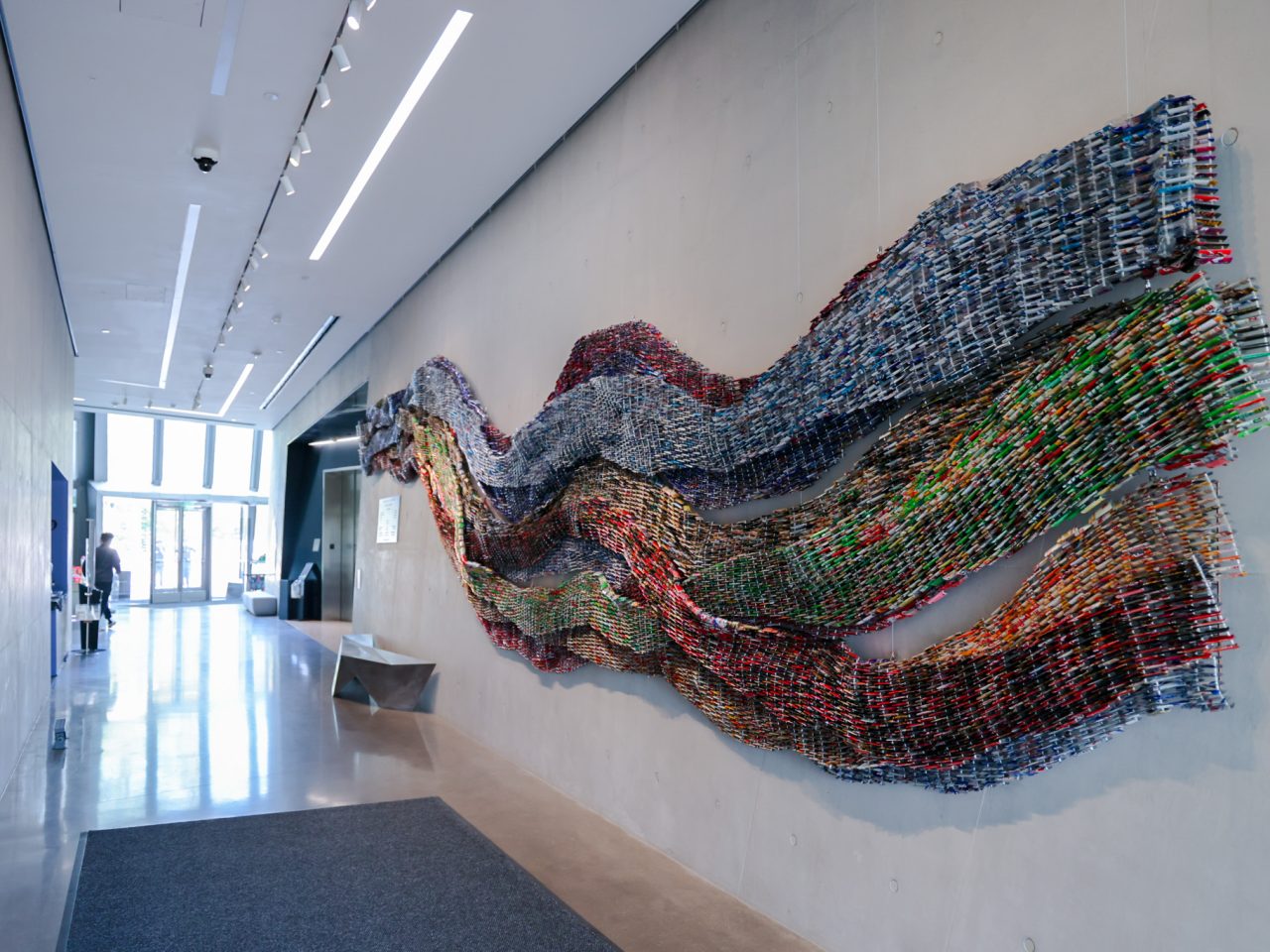

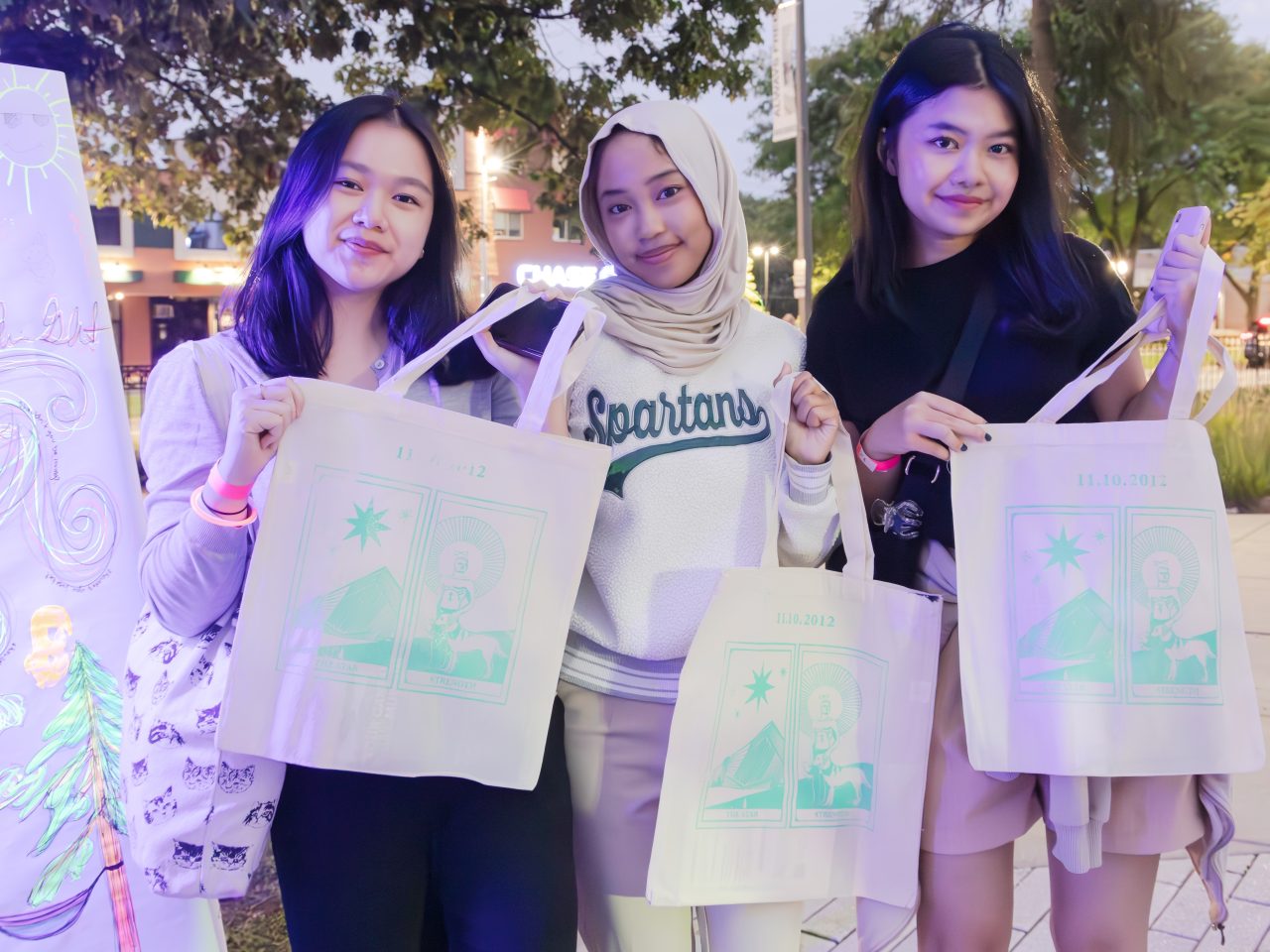 Fall Opening Party
Fall Opening Party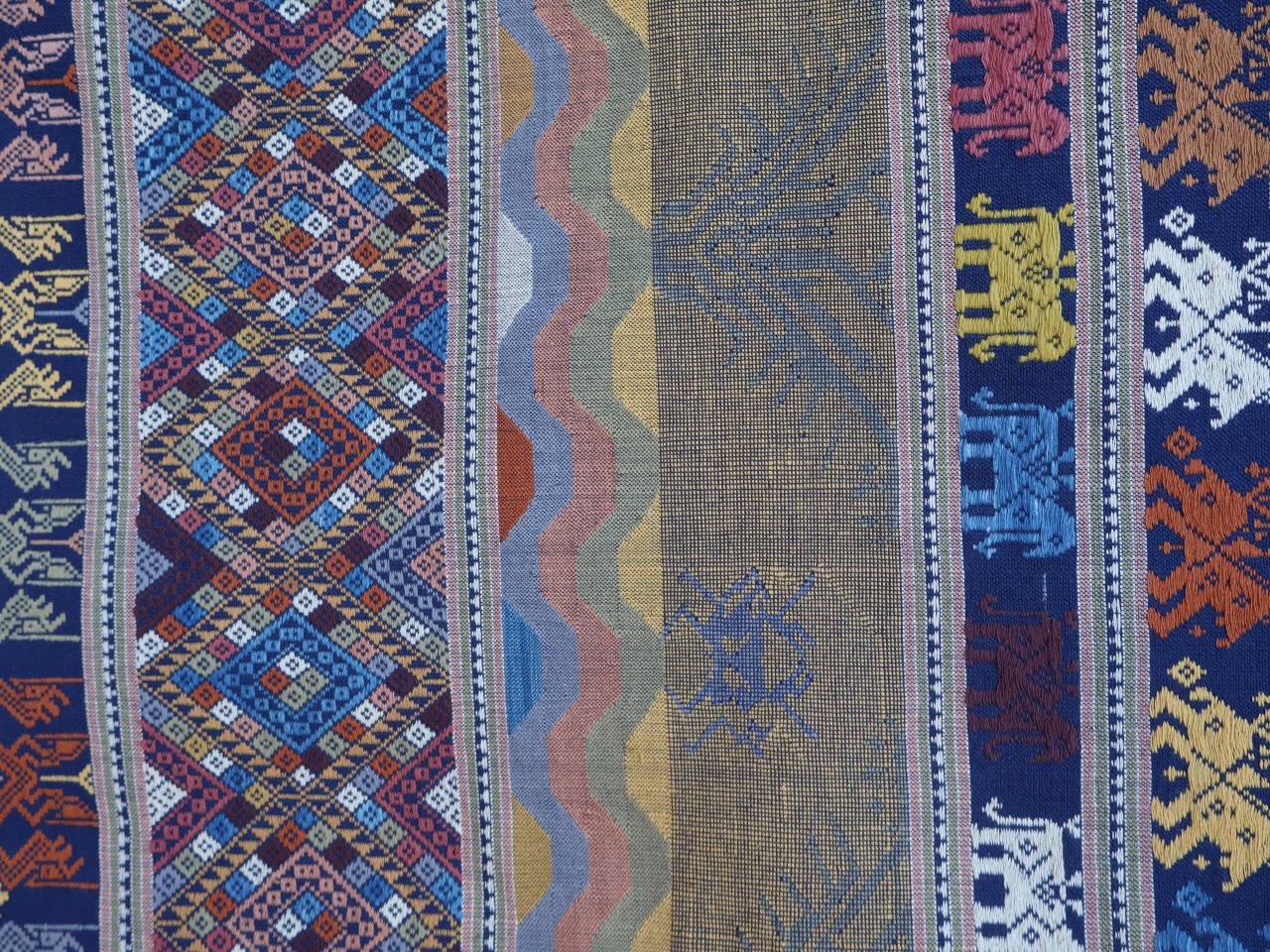 Curator Tour: Mekong Voices (Opening Day!)
Curator Tour: Mekong Voices (Opening Day!) Artist Talk: Pao Houa Her
Artist Talk: Pao Houa Her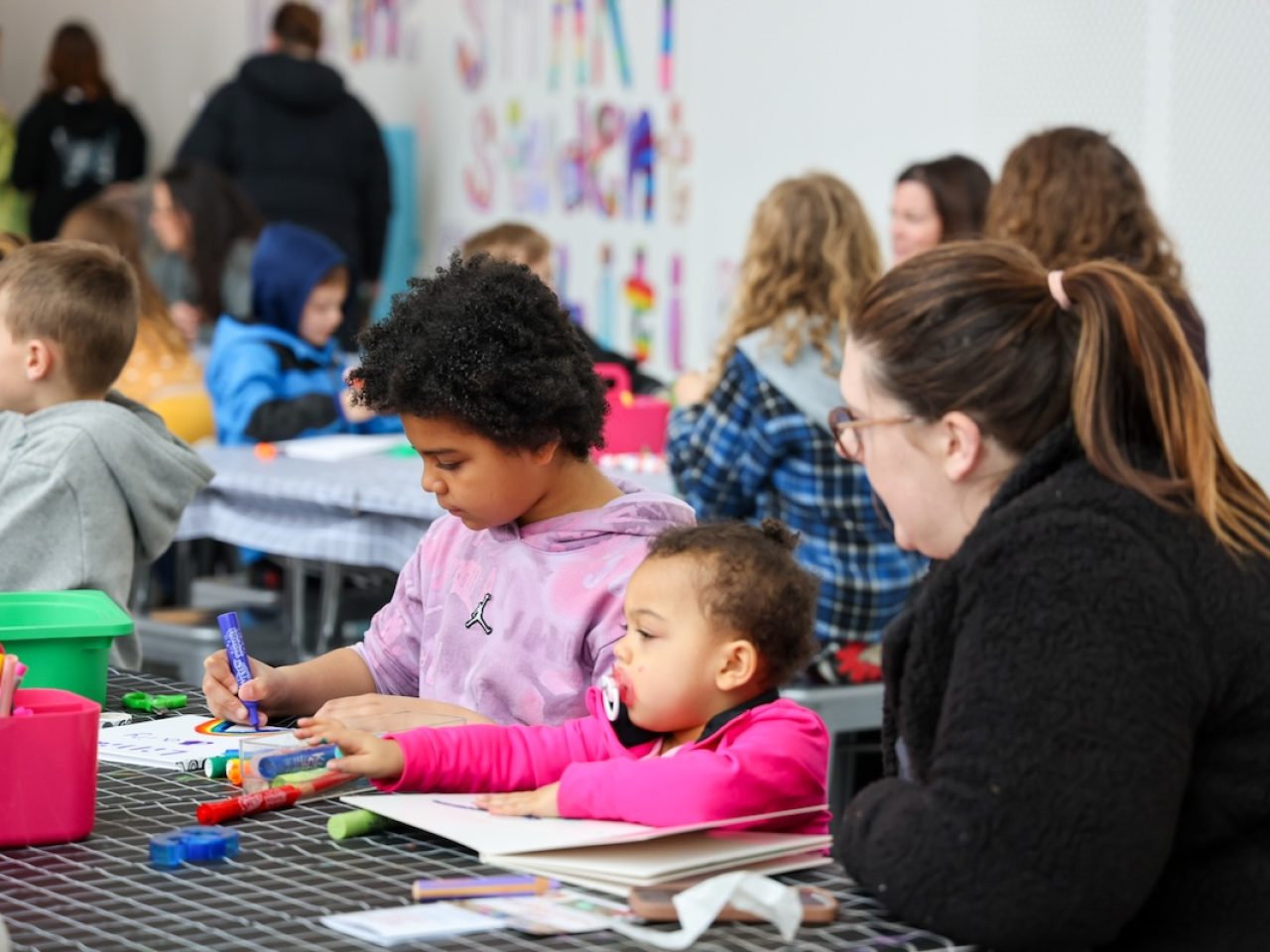 Family Day: FLOW
Family Day: FLOW Winter Opening Party
Winter Opening Party